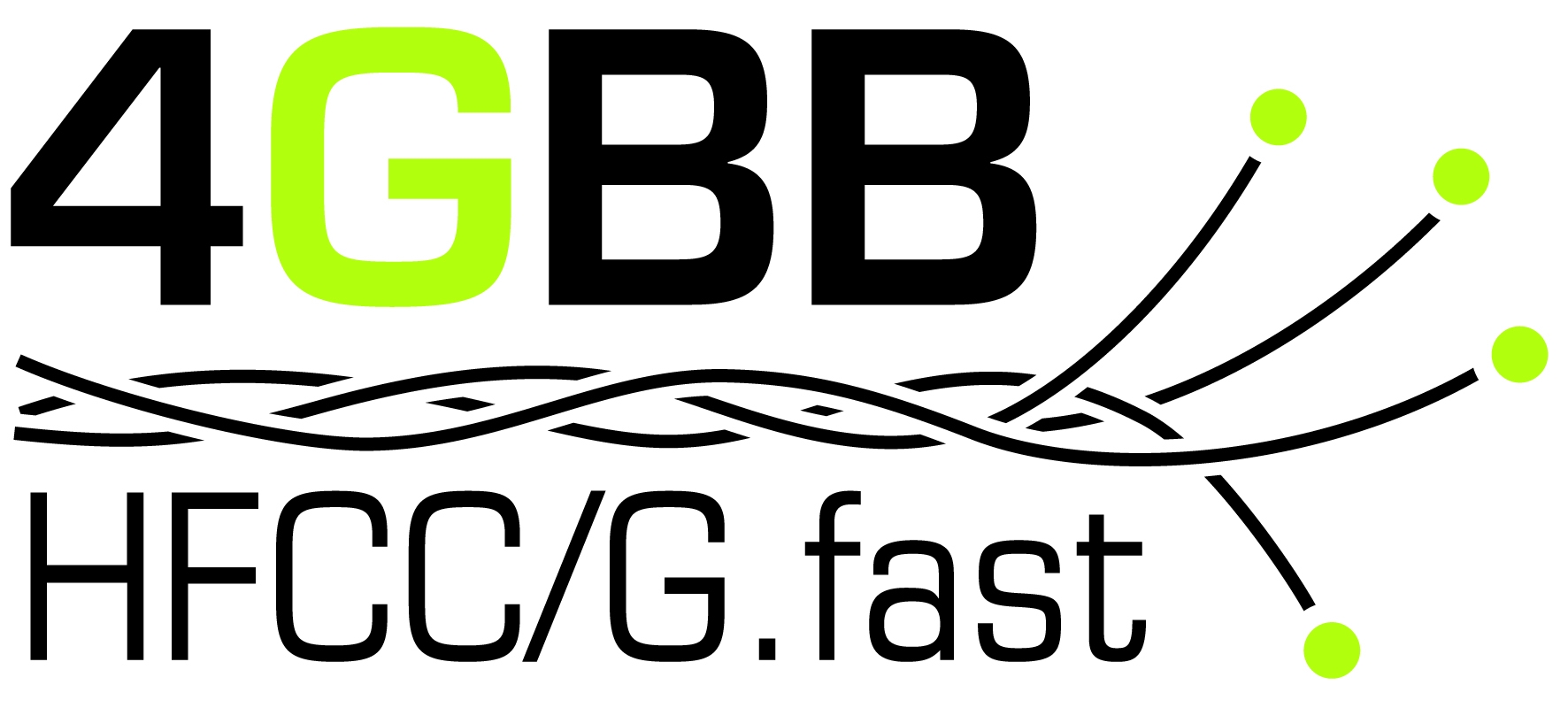Hybrid Fibre-Copper connectivity using G.fast

Abstract
HFCC_G_fast has three goals: The first goal is the completion of the standardization of G.fast, a process started by 4GBB project. The second goal is to maintain a European technology lead in the broadband area and thus laying the foundation for continued export successes. The third goal is to address the path from a completed standard to a commercial success, including providing a new backhaul technology for wireless broadband systems.The standardization and technology development by the project facilitates a push of broadband deployment in Europe, thus giving the Digital Agenda a boost.
The 4GBB Celtic project started in 2009 as an effort to move broadband deployment forward closing the gap between existing DSL solutions and an all-optical access network. At the same time, the ambition was to create another telecom export success for European telecom industry. The EU Integrated Project MUSE (2004-2007) had gathered major actors from the whole telecom value chain, with emphasis on vendors and operators, and during the project a common analysis, understanding and concern was developed about the obstacles to a faster and more widespread broadband deployment. The Celtic project 4GBB was the resulting effort to turn these obstacles into opportunities. These opportunities are now to be realized by the proposed project, along with a number of new challenges, for instance economizing backhauling wireless broadband.



